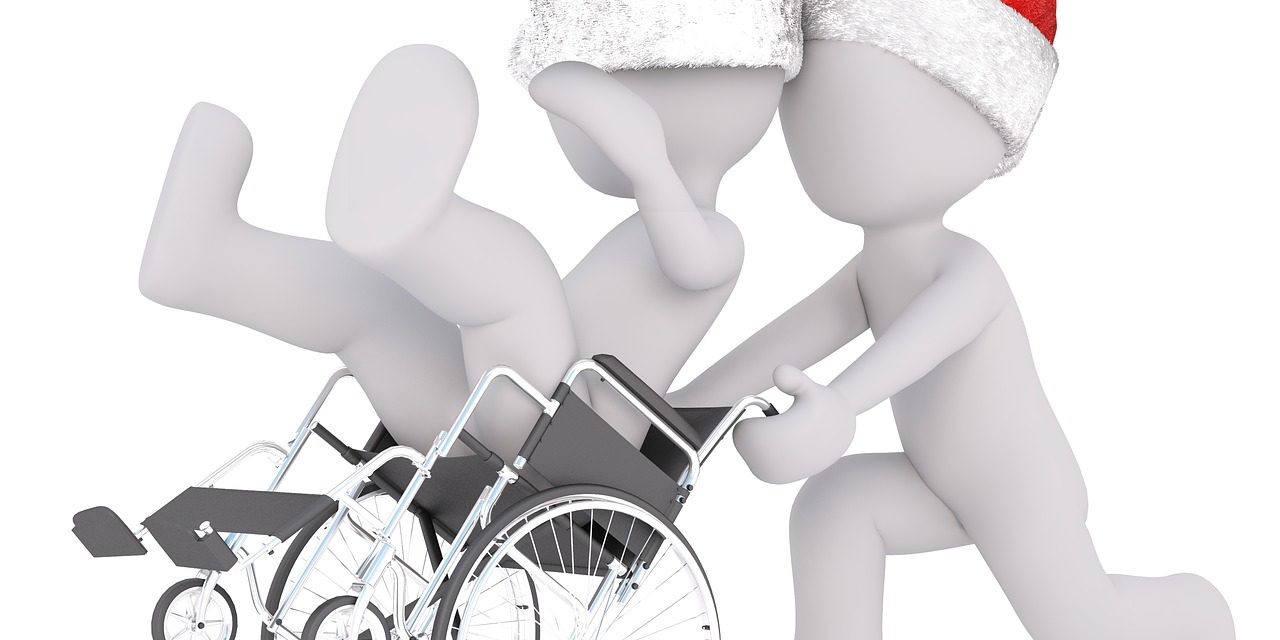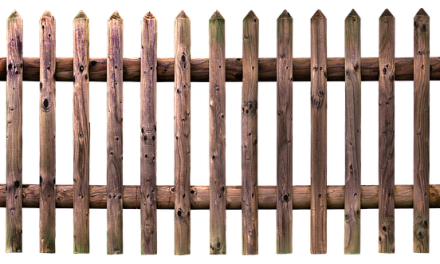Different issues such as strokes, obesity and neurological disorders mean that safely transferring loved ones is a challenge and a priority. There are two main focuses on transfers: 1) Preventing injury to the love one through a fall or otherwise, 2) Preventing an injury to the caregiver. Loved one safety is obvious. But caregivers are often overlooked with home care. Yet back injuries are highly common among caregivers and prove a major factor in continued care at home.
There are several basic things that can be done at home but are often overlooked. Sometimes it just comes down to them being a hassle (because they are). At the same time the bigger picture has to be taken into account. A herniated disk or a fractured hip from a fall are devastating.
2 Habits to Form when Transferring Loved Ones
- Proper technique–Oftentimes we do what it takes just to get it done as every situation is unique. At the same time it only takes one fall for it it to be disastrous–not just for your loved one but also for the caregiver. Proper technique will preserve you for the long haul as this is a marathon, not a sprint. See the video to review good, transfer technique.
. - Gait belts–It generally is an inconvenience. It just is. But I’ve saved a few falls from having a gait belt on during a transfer. Whew! If your loved one is unstable, take the time to use one. A 10 second application of a gate belt can save months in a hospital from a fall. Just make it a habit. Or teach your loved one how to put it on. Make safely transferring your loved one a high value.
2 Pieces of Equipment that help with Advanced Transfer Needs
Sometimes it takes more than just a gait belt and a grunt to safely transfer loved ones. Especially if someone has fallen on the floor, they are obese or the caregiver is proportionately much smaller. There are two pieces of equipment that residential facilities typically use, each with their own advantages and disadvantages.
Invacare Stand U Up Lift
This is perhaps my go-to preferred lift and the one we have at home. Mainly because it is easy to use for one person and does not require extensive sling attachments. Just wrap the sling around your loved one’s chest, attach hooks to the lift and then take them anywhere (maintaining all safety procedures). It’s easy to lower them to the bathroom and they can do their business without having to remove the sling. Also it is very easy to move someone pretty much anywhere. Perhaps the disadvantage is that it does not reach to get someone up off the floor if they fall. But typically if you fall, you want to make sure they are medically OK before you move them. They are pricey, yes. We found ourselves cheap on Craigslist.
Hoyer Lift
Hoyer Lifts are probably some of the most common lifts out there. The reason is that they can get someone out of a bed or off the floor. For that reason alone they have been very beneficial to many. The downside is that the sling is one that you sit in (not so great for fresh hip fractures) and takes more work to put the person into it. It takes the patient rolling to their side, putting the sling under them, rolling them to the other side, flattening out the sling, and then attaching 4 corners to the lift. It’s a great lift, don’t get me wrong. But there is a time and place for it. Also there are more brands than just Hoyer.







